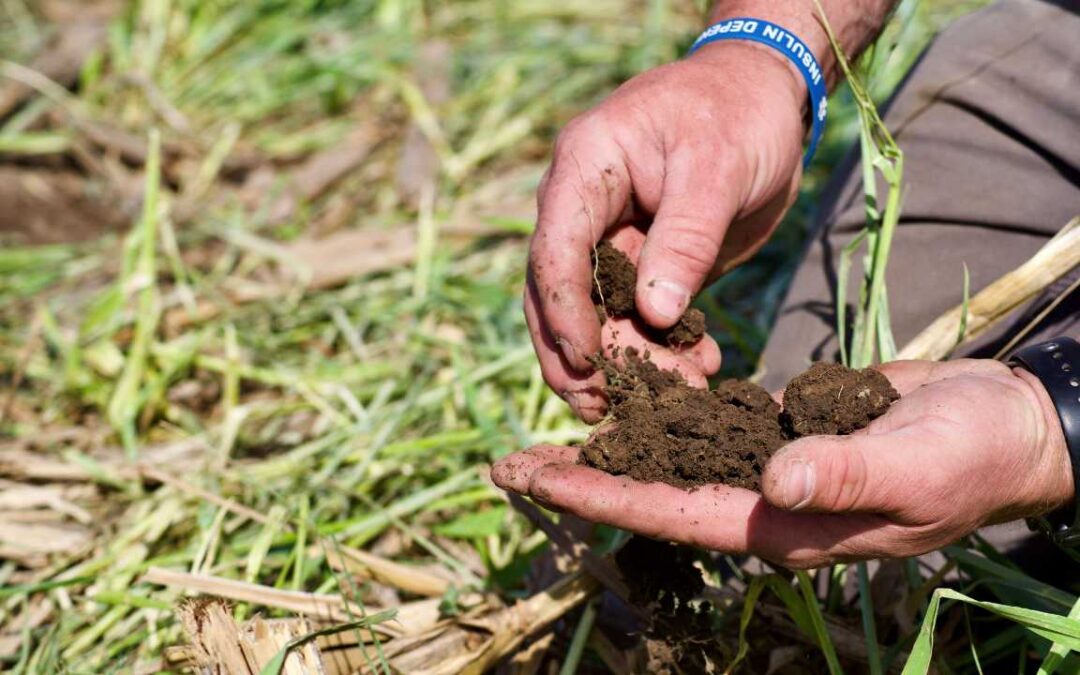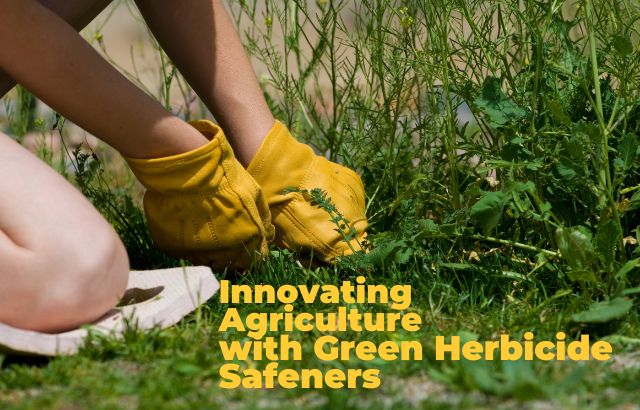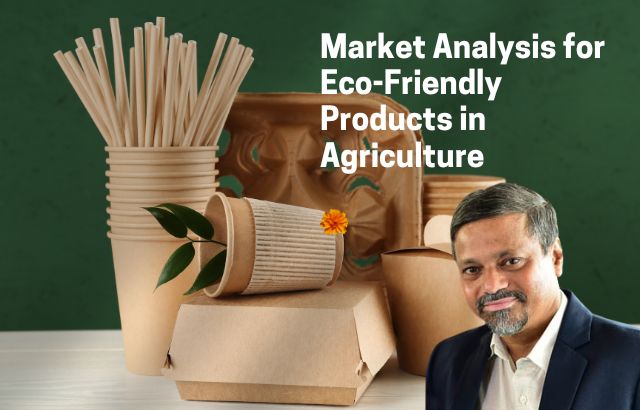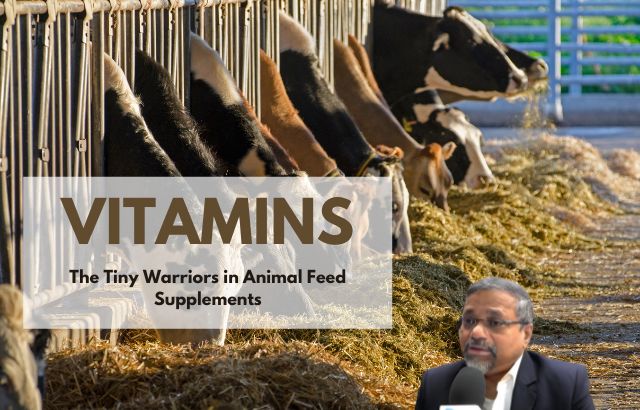By Jaiguru Kadam
As an organic farmer in Maharashtra, I’ve always believed in nurturing the soil, embracing biodiversity, and minimizing synthetic inputs. But when crabgrass began encroaching on my tomato fields, I faced a dilemma: how to control this persistent weed without compromising my organic certification or harming the environment?
The answer lay in an often-overlooked ally: herbicide safeners
Organic Farming’s Weed Woes

Weeds are a constant battle for organic farmers. Studies suggest they can reduce crop yields by a staggering 34% [source: research on weed competition in organic farming can be found on various agricultural extension websites, look for keywords like “weed competition” and “organic farming”]. Traditional weeding methods like hand-pulling are back-breaking and time-consuming. So, what are organic farmers to do?
The Safener Solution (and Where They Don’t Get Talked About)
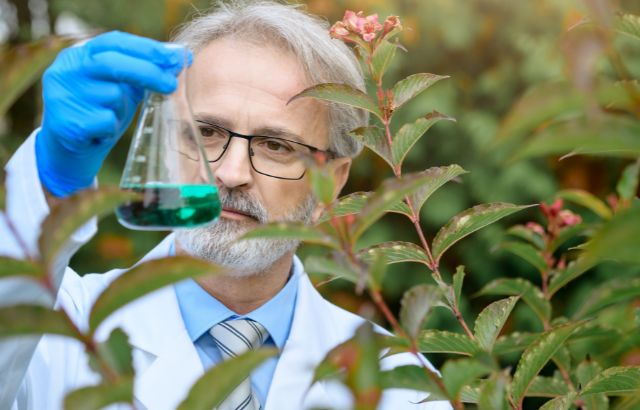
Herbicide safeners are a class of chemicals that offer a surprising benefit to organic farming. They don’t kill weeds themselves, but they work like tiny shields for your crops. When applied with an approved organic herbicide, safeners protect your precious tomatoes from the herbicide’s harmful effects, while still allowing it to target the pesky crabgrass.
Here’s the surprising part: most blogs don’t discuss the potential of safeners in organic farming. Why? Because they’re technically synthetic compounds. But here’s the key: many organic certification boards allow the use of certain safeners as long as they meet strict safety standards. This means Jaiguru, our organic farmer, can use a safener with an approved organic herbicide to keep his tomatoes safe, all while maintaining his organic certification.
The Impact on the Food Supply Chain
Safeners play a crucial role in ensuring a healthy, stable organic food supply chain. By helping organic farmers control weeds more effectively, safeners can:
- Increase organic crop yields: This means more organic food available for consumers.
- Reduce reliance on hand weeding: This frees up valuable time and resources for farmers.
- Promote sustainable farming practices: By minimizing weed pressure, safeners can help improve soil health and biodiversity in organic fields.
The Future of Organic Farming
Green innovators like Jaiguru Kadam are constantly seeking new ways to improve organic farming methods. Herbicide safeners, when used responsibly, offer a valuable tool in this quest. As research continues and organic standards evolve, safeners have the potential to become a more widely recognized weapon in the organic farmer’s arsenal, ensuring a thriving organic food supply chain for generations to come.
FAQs About Herbicide Safeners in Organic Farming

Q1: Are herbicide safeners allowed in organic farming?
Yes, certain safeners are permitted in organic farming if they meet specific safety standards set by certifying bodies. It’s essential to consult with your organic certification authority to ensure compliance.
Q2: How do safeners affect environmental sustainability?
Safeners contribute to sustainability by enabling the use of selective herbicides, reducing the need for broad-spectrum chemicals, and promoting soil health through minimized tillage .
Q3: Can safeners harm beneficial insects?
When used correctly, safeners are designed to minimize impact on non-target species. However, it’s crucial to follow application guidelines to protect beneficial insects .
Q4: What are the long-term impacts of using safeners?
Long-term benefits include improved soil health, increased crop diversity, and enhanced economic viability for organic farms, contributing positively to the overall sustainability of agricultural practices .
A Green Innovator’s Perspective: Calculating the Impact
Let’s consider a hypothetical scenario:
- Field Size: 100 acres
- Average Yield without Safeners: 150 bushels/acre
- Average Yield with Safeners: 180 bushels/acre
- Price per Bushel: ₹500
Without Safeners:
- Total Yield = 150 bushels/acre × 100 acres = 15,000 bushels
- Total Revenue = 15,000 bushels × ₹500/bushel = ₹75,00,000
With Safeners:
- Total Yield = 180 bushels/acre × 100 acres = 18,000 bushels
- Total Revenue = 18,000 bushels × ₹500/bushel = ₹90,00,000
- Increased Revenue: ₹90,00,000 – ₹75,00,000 = ₹15,00,000
- This calculation underscores the economic viability of integrating safeners into organic farming systems.
Increased Revenue: ₹90,00,000 – ₹75,00,000 = ₹15,00,000
This calculation underscores the economic viability of integrating safeners into organic farming systems.
Interesting info by Jaiguru Kadam

- 34% Yield Loss: Weeds can reduce crop yields by up to 34% in organic farming systems .
- Market Growth: The herbicide safeners market is projected to grow at a CAGR of 4.12% through 2028, reflecting increasing adoption in sustainable agriculture .
- Biodiversity Boost: Organic farming practices can lead to a 30% increase in biodiversity compared to conventional farming methods .

